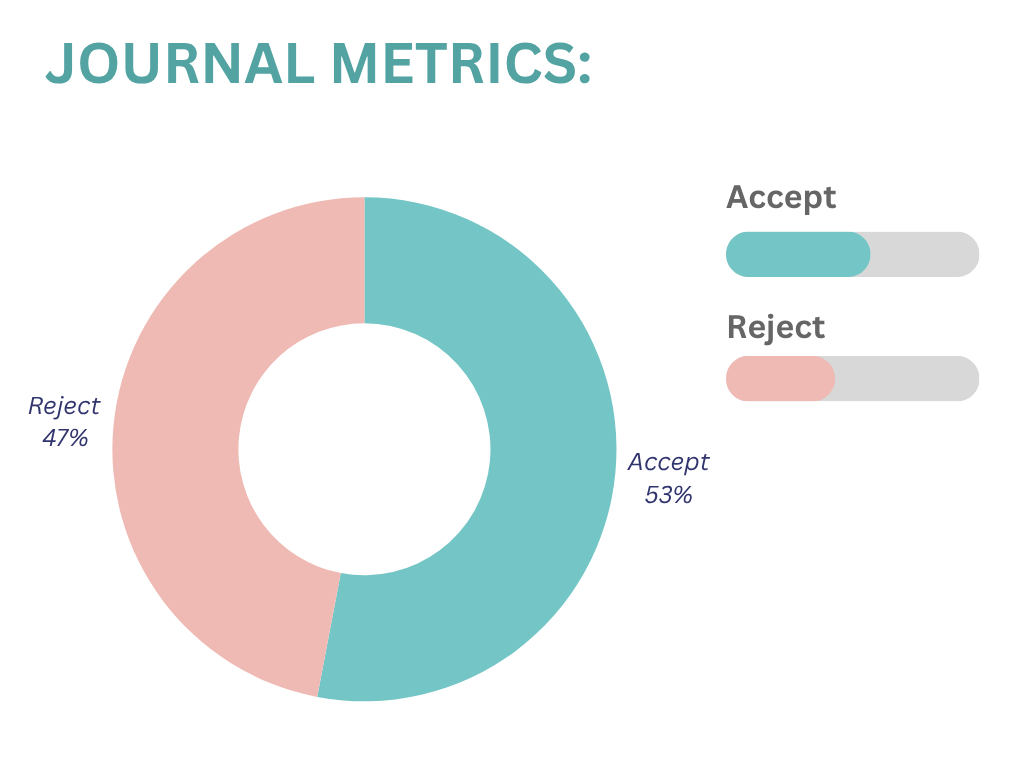HyperRough TOPSIS Method and SuperHyperRough TOPSIS Method
Abstract
Rough set theory provides a mathematical framework for approximating subsets through lower and upper bounds defined by equivalence relations, effectively capturing uncertainty in classification and data analysis. Building on these foundational ideas, extended models—such as hyper-rough sets and super-hyper-rough sets—have been proposed to represent more complex forms of uncertainty. In this paper, we introduce the HyperRough TOPSIS and SuperHyperRough TOPSIS methods and examine their underlying mathematical structures. TOPSIS is a well-established decision-making method, and the proposed HyperRough and SuperHyperRough TOPSIS approaches serve as generalized extensions of the classical Rough TOPSIS framework.
Keywords:
Rough Set, Hyperrough Set, SuperHyperRough set, TOPSISReferences
- [1] Mumtaz Ali, Nguyen Dang Thanh, Nguyen Van Minh, et al. A neutrosophic recommender system for medical diagnosis based
- [2] on algebraic neutrosophic measures. Applied Soft Computing, 71:1054–1071, 2018.
- [3] Muhammad Aslam, Osama H Arif, and Rehan Ahmad Khan Sherwani. New diagnosis test under the neutrosophic statistics:
- [4] an application to diabetic patients. BioMed Research International, 2020(1):2086185, 2020.
- [5] Krassimir T Atanassov and Krassimir T Atanassov. Intuitionistic fuzzy sets. Springer, 1999.
- [6] Sedat Belbag, Aybegum Gungordu, Tuba Yumusak, and Kadri Gökhan Yilmaz. The evaluation of smartphone brand choice: an
- [7] application with the fuzzy electre i method. International Journal of Business and Management Invention, 5(3):55–63, 2016.
- [8] Tai-Wu Chang, Huai-Wei Lo, Kai-Ying Chen, and James JH Liou. A novel fmea model based on rough bwm and rough topsis-al
- [9] for risk assessment. Mathematics, 7(10):874, 2019.
- [10] G Dhanalakshmi, S Sandhiya, and Florentin Smarandache. Stock price predictions with lstm-arima hybrid model under
- [11] neutrosophic treesoft sets with mcdm interaction. Neutrosophic Sets and Systems, 80:674–699, 2025.
- [12] Bo Wen Fang and Bao Qing Hu. Probabilistic graded rough set and double relative quantitative decision-theoretic rough set.
- [13] International Journal of Approximate Reasoning, 74:1–12, 2016.
- [14] Takaaki Fujita. Hyperrough cubic set and superhyperrough cubic set. Prospects for Applied Mathematics and Data Analysis,
- [15] (1):28–35, 2024.
- [16] Takaaki Fujita. Advancing Uncertain Combinatorics through Graphization, Hyperization, and Uncertainization: Fuzzy,
- [17] Neutrosophic, Soft, Rough, and Beyond. Biblio Publishing, 2025.
- [18] Takaaki Fujita. Neighborhood hyperrough set and neighborhood superhyperrough set. Pure Mathematics for Theoretical
- [19] Computer Science, 5(1):34–47, 2025.
- [20] Takaaki Fujita. Short introduction to rough, hyperrough, superhyperrough, treerough, and multirough set. Advancing Uncertain
- [21] Combinatorics through Graphization, Hyperization, and Uncertainization: Fuzzy, Neutrosophic, Soft, Rough, and Beyond:
- [22] Fifth volume: Various Super-HyperConcepts (Collected Papers), page 394, 2025.
- [23] Takaaki Fujita. Some types of hyperdecision-making and superhyperdecision-making. Advancing Uncertain Combinatorics
- [24] through Graphization, Hyperization, and Uncertainization: Fuzzy, Neutrosophic, Soft, Rough, and Beyond, page 221, 2025.
- [25] Takaaki Fujita. A theoretical exploration of hyperconcepts: Hyperfunctions, hyperrandomness, hyperdecision-making, and
- [26] beyond (including a survey of hyperstructures). Advancing Uncertain Combinatorics through Graphization, Hyperization, and
- [27] Uncertainization: Fuzzy, Neutrosophic, Soft, Rough, and Beyond, 344(498):111, 2025.
- [28] Shankha Shubhra Goswami and Dhiren Kumar Behera. Evaluation of the best smartphone model in the market by integrating
- [29] fuzzy-ahp and promethee decision-making approach. Decision, 48:71–96, 2021.
- [30] Dmitriy Molodtsov. Soft set theory-first results. Computers & mathematics with applications, 37(4-5):19–31, 1999.
- [31] Zdzisław Pawlak. Rough sets. International journal of computer & information sciences, 11:341–356, 1982.
- [32] Zdzislaw Pawlak. Rough set theory and its applications to data analysis. Cybernetics & Systems, 29(7):661–688, 1998.
- [33] R Raghavan and BK Tripathy. On some topological properties of multigranular rough sets. Advances in Applied Science
- [34] Research, 2(3):536–543, 2011.
- [35] Musavarah Sarwar. Decision-making approaches based on color spectrum and d-topsis method under rough environment.
- [36] Computational and Applied Mathematics, 39(4):291, 2020.
- [37] Shampa Sengupta, Debabrata Datta, S Suman Rajest, P Paramasivan, T Shynu, and Rajan Regin. Development of rough-topsis
- [38] algorithm as hybrid mcdm and its implementation to predict diabetes. International Journal of Bioinformatics Research and
- [39] Applications, 19(4):252–279, 2023.
- [40] Florentin Smarandache. Neutrosophy: neutrosophic probability, set, and logic: analytic synthesis & synthetic analysis. 1998.
- [41] Florentin Smarandache. A unifying field in logics: Neutrosophic logic. In Philosophy, pages 1–141. American Research Press,
- [42] Florentin Smarandache. Plithogeny, plithogenic set, logic, probability, and statistics. Infinite Study, 2017.
- [43] Florentin Smarandache. Plithogenic set, an extension of crisp, fuzzy, intuitionistic fuzzy, and neutrosophic sets-revisited.
- [44] Infinite study, 2018.
- [45] Florentin Smarandache. Plithogeny, plithogenic set, logic, probability, and statistics. arXiv preprint arXiv:1808.03948, 2018.
- [46] Wenyan Song, Xinguo Ming, Zhenyong Wu, and Baoting Zhu. A rough topsis approach for failure mode and effects analysis in
- [47] uncertain environments. Quality and Reliability Engineering International, 30(4):473–486, 2014.
- [48] Weihua Xu, Shihu Liu, Qiaorong Wang, and Wenxiu Zhang. The first type of graded rough set based on rough membership
- [49] function. In 2010 Seventh International Conference on Fuzzy Systems and Knowledge Discovery, volume 4, pages 1922–1926.
- [50] IEEE, 2010.
- [51] Lotfi A Zadeh. Fuzzy sets. Information and control, 8(3):338–353, 1965.


